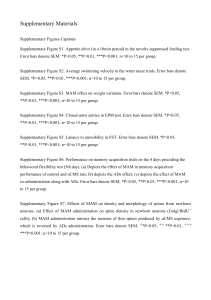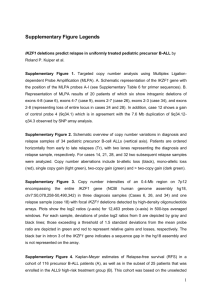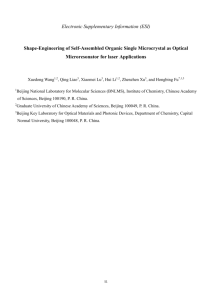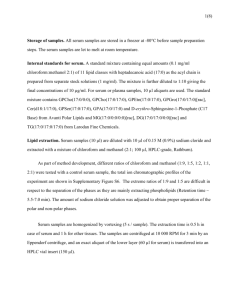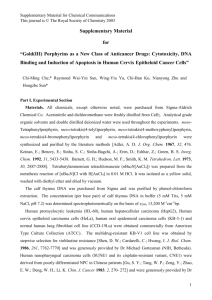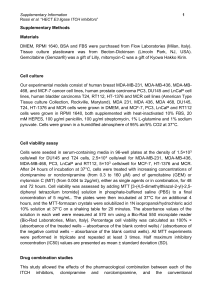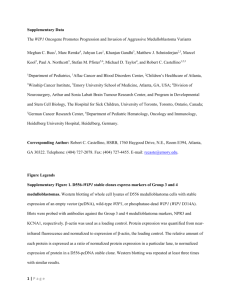Supplementary information
advertisement
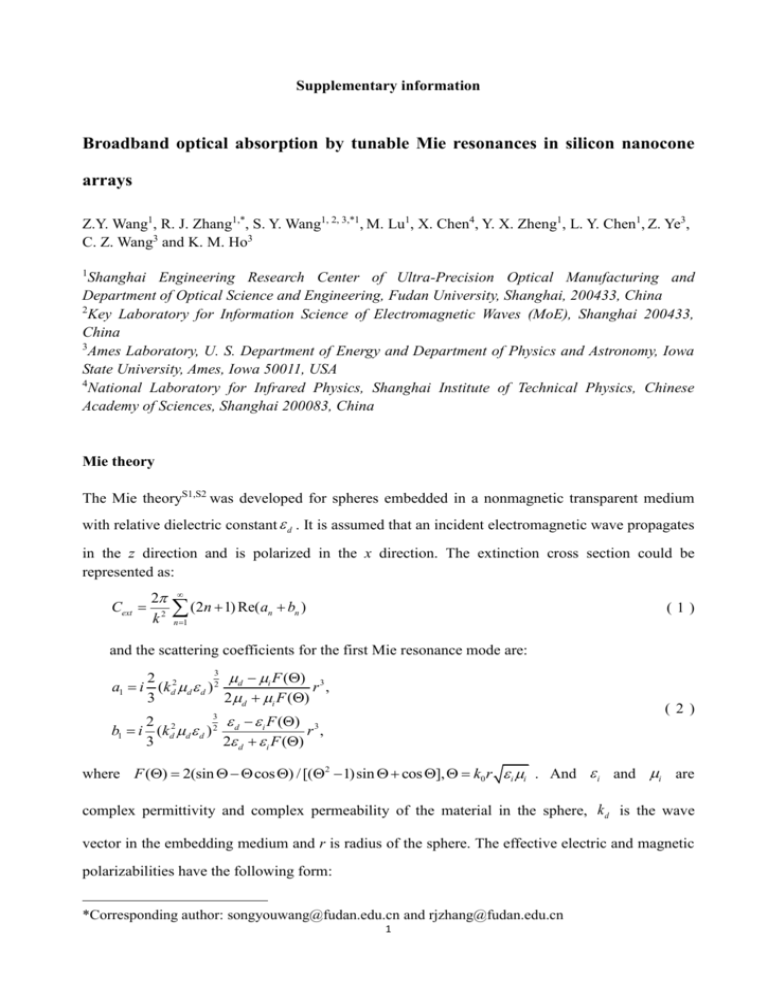
Supplementary information Broadband optical absorption by tunable Mie resonances in silicon nanocone arrays Z.Y. Wang1, R. J. Zhang1,*, S. Y. Wang1, 2, 3,*1, M. Lu1, X. Chen4, Y. X. Zheng1, L. Y. Chen1, Z. Ye3, C. Z. Wang3 and K. M. Ho3 1 Shanghai Engineering Research Center of Ultra-Precision Optical Manufacturing and Department of Optical Science and Engineering, Fudan University, Shanghai, 200433, China 2 Key Laboratory for Information Science of Electromagnetic Waves (MoE), Shanghai 200433, China 3 Ames Laboratory, U. S. Department of Energy and Department of Physics and Astronomy, Iowa State University, Ames, Iowa 50011, USA 4 National Laboratory for Infrared Physics, Shanghai Institute of Technical Physics, Chinese Academy of Sciences, Shanghai 200083, China Mie theory The Mie theoryS1,S2 was developed for spheres embedded in a nonmagnetic transparent medium with relative dielectric constant d . It is assumed that an incident electromagnetic wave propagates in the z direction and is polarized in the x direction. The extinction cross section could be represented as: Cext 2 k2 (2n 1) Re(a n 1 n bn ) (1) and the scattering coefficients for the first Mie resonance mode are: 3 i F () 3 2 a1 i (kd2 d d ) 2 d r , 3 2d i F () (2) 3 i F () 3 2 b1 i (kd2 d d ) 2 d r , 3 2 d i F () where F () 2(sin cos ) / [(2 1)sin cos ], k0 r i i . And i and i are complex permittivity and complex permeability of the material in the sphere, k d is the wave vector in the embedding medium and r is radius of the sphere. The effective electric and magnetic polarizabilities have the following form: *Corresponding author: songyouwang@fudan.edu.cn and rjzhang@fudan.edu.cn 1 M i 6 r d 6 a1 , E i 3 b1 3 kd kd (3) The Mie resonance can be seen from the spectra of E and M in Supplementary Fig. S1(a). The Qsca calculated by discrete dipole approximation (DDA) reveals a significant correlation with the polarizabilities. The resonance modes will be excited at the wavelength where the imagine part of polarizabilities and the Qsca reach to maxima. The electric field distributions in Supplementary Fig. S1(b) have shown a good agreement with the Mie theory. Effective Radius: If the actual volume of a particle (e.g., a nanocone) is V, then “effective radius” of the particle is defined as: Reff (3V / 4 )1/3 (4) Average Absorbance The average absorbance is defined as: Absavg max min ( ) d (5) where ( ) is the absorbance of the material as a function of the wavelength. 2 Supplementary Figure S1 Supplementary Figure S1: Mie resonance of a Si sphere, the sphere is 156 nm in diameter. (a) The normalized scattering cross section (black) and the effective electric (E) and magnetic (M) polarizabilities (red and blue) of Si sphere. (b) Normalized electric field density (|E|/|E0|) at the electric dipole and magnetic dipole resonant at the wavelengths of 502 nm and 620 nm. The sphere is irradiated by a plane wave from bottom to the top. The electric and magnetic field and light propagation direction was labeled accordingly. 3 Supplementary Figure S2 Supplementary Figure S2: In actual simulation, the Si nanocone is approximated by stacked cylinders of different diameters as shown in the figure. 4 Supplementary Figure S3 Supplementary Figure S3: (a,b) Comparisons of reflectance and absorbance spectra between experiment and simulations (BD=180 nm, H=450 nm). (c) The unit cell of “case 1” atructure used in the simulation: the black background represents the Si substrate and white circles are the nanocones of different size in the unit cell. (d) the simulated reflectance spectra are compared with experimental result. The incident angle is 8 degree. 5 Supplementary Figure S4 Supplementary Figure S4: The average absorbance of nanocone array with (a) different heights and (b) different base diameters, respectively. 6 Supplementary Figure 5 Supplementary Figure S5: Simulated absorbance and reflectance (average value of TE and TM modes) spectra of Si nanocone arrays with P=BD=160 nm, H=400 nm with different light incident angles. 7 Supplementary Table 1 Supplementary Table 1: The effective radius of nanocone particle with varied height. The base diameter of these nanocones is 160 nm. Particle Height (nm) Effective Radius (nm) 300 78.3 320 80.0 400 86.2 500 92.8 Supplementary Table 2 Supplementary Table 2: Origin of absorption peaks in Fig. 4(e). Height (nm) Period (nm) Mie resonance (nm) WR anomaly (nm) 400 120 426 (2nd), 502 (1st) 384 (2nd) 400 160 600 (1st) 413 (2nd) 400 200 715 (1st) 392 (3rd), 455 (2nd) 400 240 820 (1st) 412(3rd), 502 (2nd) Reference S1. Bohren, C.F. & Huffman, D.R. Absorption and scattering of light by small particles, Bohren,C. F. & Huffman D. R. (ed.) 83-129. (John Wiley & Sons, Inc., New York, 1998). S2. Jylhä, L., Kolmakov, I., Maslovski, S. & Tretyakov, S. Modeling of isotropic backward-wave materials composed of resonant spheres. J. Appl. Phys. 99, 043102 (2006). 8







